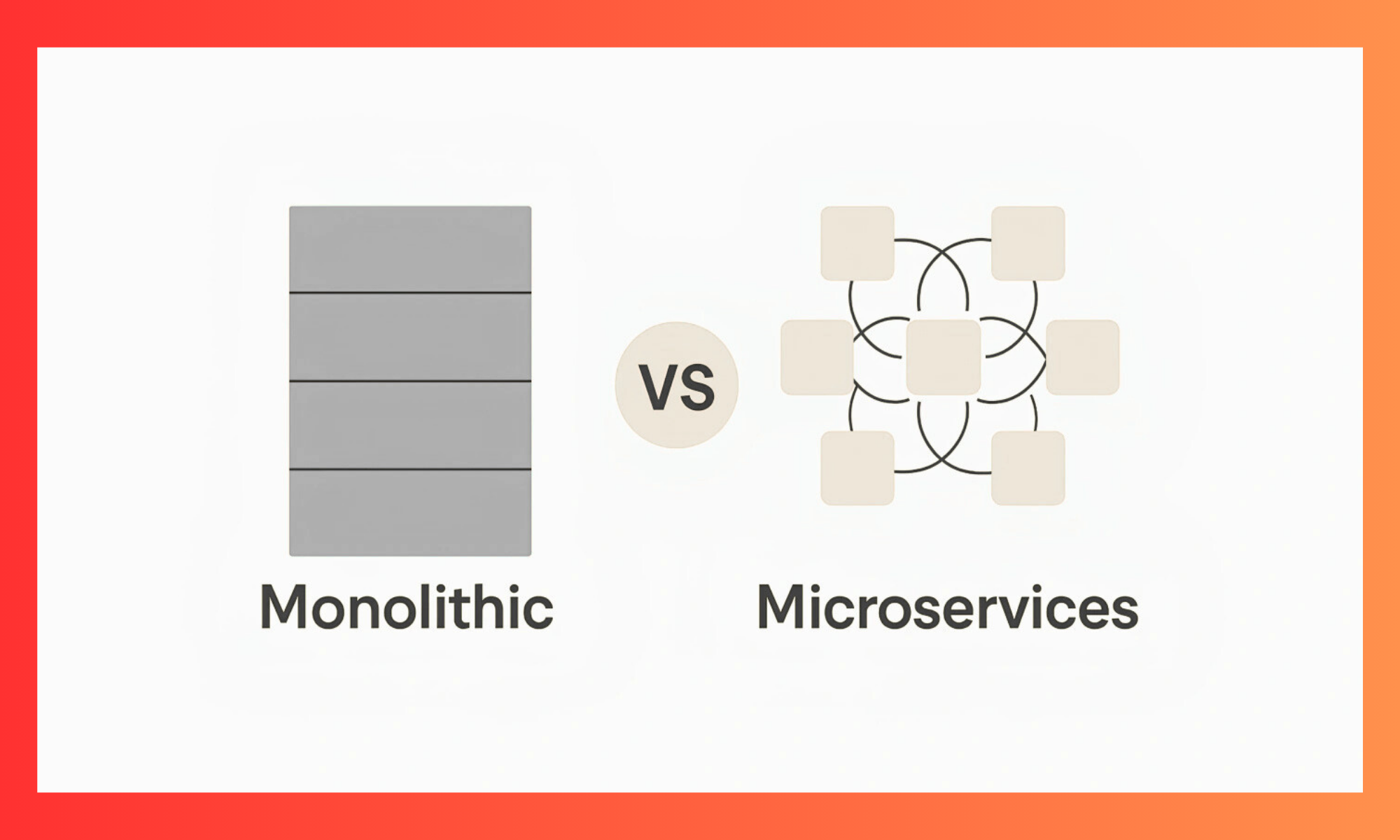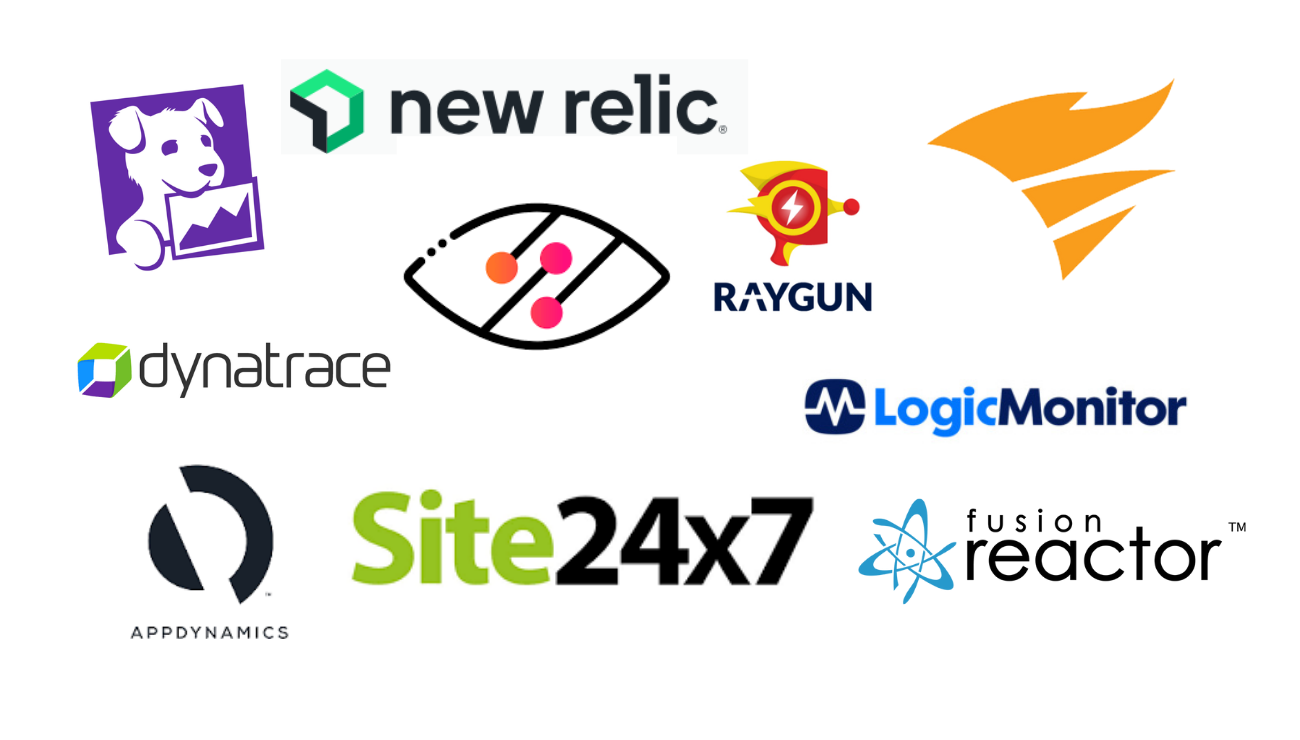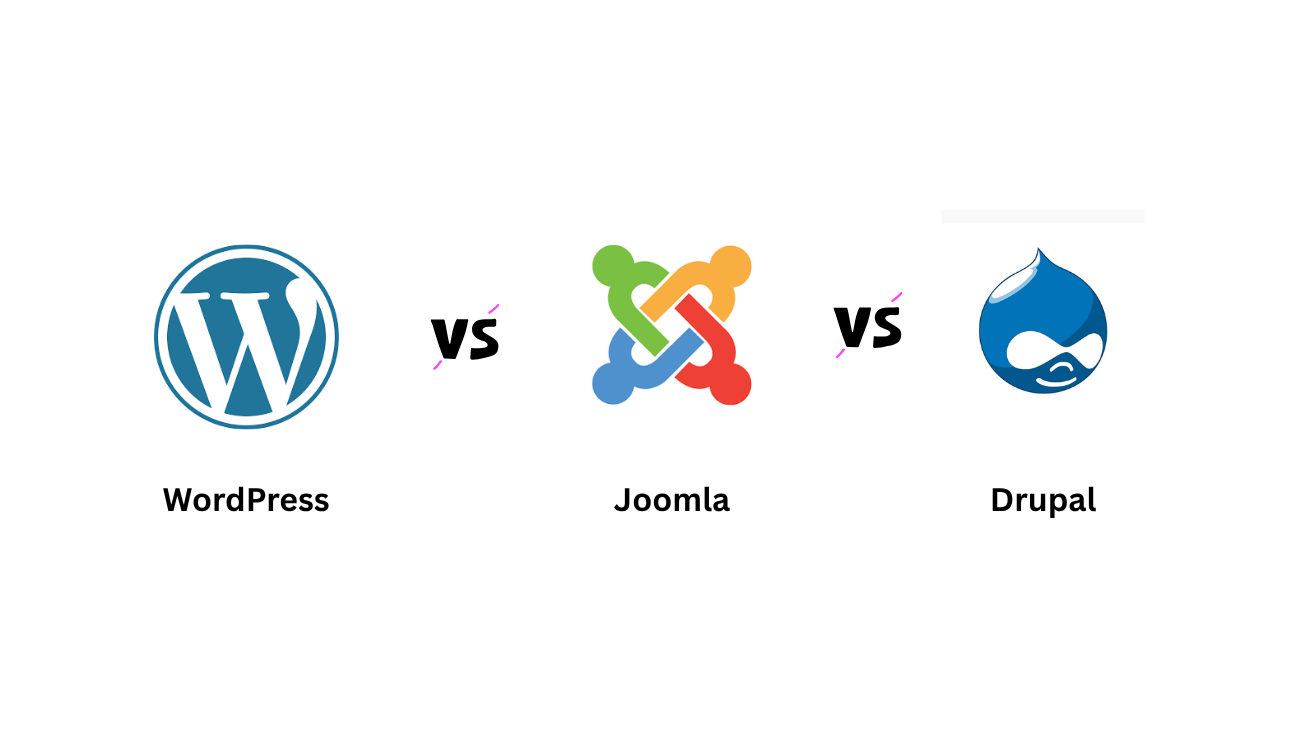
Introduction
Choosing the right architecture for your software is a strategic decision that affects scalability, team collaboration, and long-term maintenance. Two common patterns—monoliths and microservices—offer different advantages depending on project complexity, scale, and business goals.
What Is a Monolithic Architecture?
A monolithic architecture means the entire application—frontend, backend, and database—is developed and deployed as one unified unit. All modules are tightly integrated, sharing a single codebase and deployment process.
Key traits:
-
Single code repository and deployment pipeline.
-
Shared database and resources.
-
Simple setup and debugging process.
What Is a Microservices Architecture?
In a microservices architecture, the application is divided into multiple independent services. Each service manages a specific business function and communicates with others via APIs.
Key traits:
-
Independent services with separate codebases.
-
Each service can be deployed and scaled individually.
-
Different technologies or languages can be used for different services.
Comparison: Monolith vs Microservices
| Factor | Monolith | Microservices |
|---|---|---|
| Architecture | Single, unified codebase. | Multiple independent services. |
| Deployment | One deployment for the entire app. | Each service is deployed independently. |
| Scalability | Entire app scales together. | Individual services scale based on demand. |
| Performance | Fast internal communication (no network calls). | API communication adds latency but increases flexibility. |
| Maintenance | Easier for small teams; harder to manage at scale. | Easier long-term maintenance, but complex setup. |
| Technology Stack | Single stack for all components. | Can mix technologies per service. |
| Failure Impact | One bug can affect the whole system. | Service failures are isolated. |
| Setup & Cost | Low initial cost, simple infrastructure. | Higher setup and management cost. |
When to Choose Monolithic Architecture
-
When building an MVP or small application.
-
If the team is small and coordination is straightforward.
-
When rapid development and deployment are priorities.
-
When scalability demands are limited.
When to Choose Microservices Architecture
-
For large, complex applications expected to grow over time.
-
When different components require independent scaling.
-
If you have multiple development teams working in parallel.
-
When you want high fault tolerance and modularity.
Hybrid Approach: The Modular Monolith
Many organizations start with a modular monolith, which organizes code into well-defined modules within one deployable unit. This approach simplifies migration to microservices later while keeping the initial setup straightforward.
Challenges to Consider
Monolithic Challenges:
-
Difficult to scale specific parts of the system.
-
Updates require redeploying the entire application.
-
Codebase becomes complex over time.
Microservices Challenges:
-
Requires robust DevOps, monitoring, and CI/CD pipelines.
-
Harder debugging and tracing between services.
-
Managing data consistency across services can be complex.
Conclusion
There’s no one-size-fits-all answer. Monolithic architecture works best for small projects, startups, or teams prioritizing simplicity and speed. Microservices are ideal for large-scale systems that demand scalability, flexibility, and distributed development.
At Solace Infotech, we help organizations design and implement the right architecture for their unique goals—whether starting from scratch or transitioning from monolithic systems to modern microservices.




